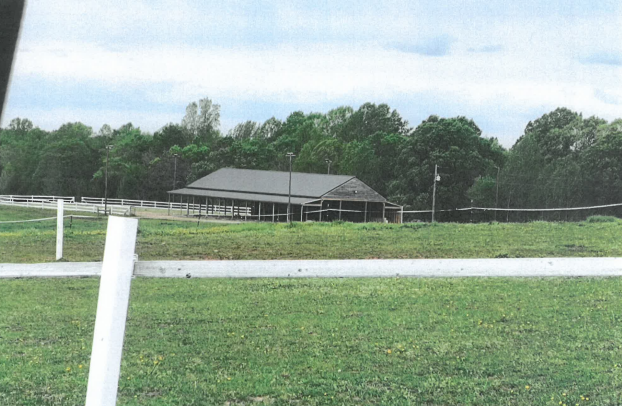Learning to grow and preserve your own food
Published 6:00 am Friday, May 22, 2020
|
Getting your Trinity Audio player ready...
|
When searching for positivity during the current public health crisis, I’m grateful to look no further than my neighbors’ yards.
Many home gardens have been popping up, with people growing their own food to limit grocery store visits and provide an engaging at-home activity for themselves and their kids. Growing your own food can feel empowering and gratifying, two feelings many of us seek during this uncertain time.
Virginia Food Works (VFW) is a non-profit organization that works with farmers and food entrepreneurs to develop recipes for jams, jellies, pickles, sauces and more. We then make those products in large batches at the Prince Edward County Cannery. As former farmers and certified food processors, our team has amassed a lot of gardening and food preservation knowledge to share with Virginia’s increasing number of home growers. I’m VFW’s director, and each week, I’ll dive into topics like garden planning, water bath canning, and proper freezing methods so your gardens may flourish and you can preserve your harvests long after the growing season ends.
Starting a garden takes a fair amount of planning. Each spring, I turn to Virginia Cooperative Extension’s “Home Vegetable Gardening” resources on their website before mapping out my garden (https:// ext.vt.edu/lawn-garden/ home-vegetables.html). Important factors to consider are when and how to plant each crop, plant spacing, their placement for sunlight, and how much of each crop you want to grow and then eat.
If you have a sunny spot in your yard or on your porch, you can plant vegetables right in the ground, in raised beds, or in pots or containers. Ideally, the crops have at least six hours of sunlight and the soil or potting mix you use is loose and drains well (you can drill holes in the bottom of your pots if they don’t have holes already.). If you’re a city dweller like me, lead and other contaminants in the ground may be a concern. To be sure, you can test your soil through Virginia Tech (https://www.soiltest.vt.edu/), or grow in raised beds or containers instead.
Another important placement factor is convenience. My weediest gardens have been those farthest from the house. For consistent watering and care, try to place your garden where you can easily get to it and will enjoy visiting the plants as they grow.
Next week, we’ll dig deeper into garden planning and choosing which vegetables to grow.
KATHARINE WILSON is the director Virginia Food Works. She can be reached at info@virginiafoodworks.org.





